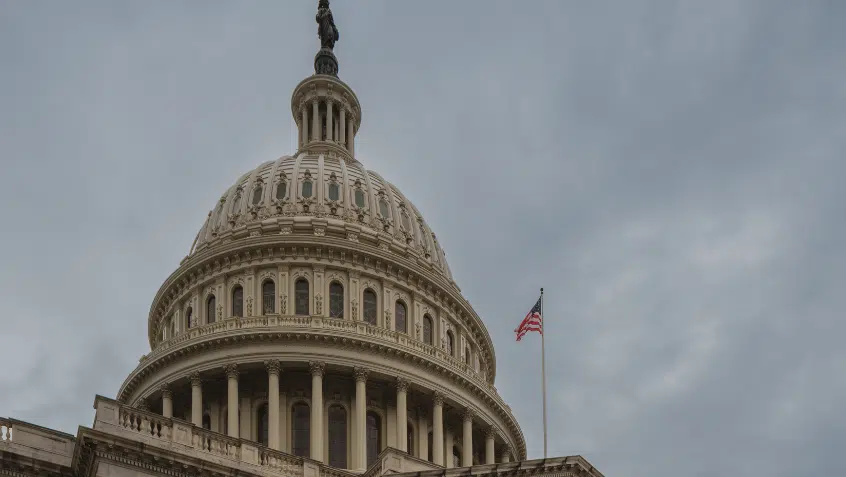Guidance on Inflation Reduction Act’s Medicare Prescription Payment Plan Released

Last week, CMS released additional guidance regarding Medicare Prescription Payment Plan (MPPP) outreach and education. The MPPP, sometimes referred to as “smoothing,” was established in the Inflation Reduction Act (IRA) and allows Medicare beneficiaries with Part D to opt into an alternative payment structure for their cost-sharing for covered Part D medications.
Starting in 2025, people enrolled in a Part D plan will have the option to spread their out-of-pocket Part D costs over the calendar year rather than paying directly at the pharmacy counter. It is critical to keep in mind that the program does not reduce or increase a person’s Part D cost-sharing obligations–it only shifts them. This program launches at the same time as other Part D restructuring changes included in the IRA, most notably the establishment of a $2,000 out-of-pocket cap.
As described by the IRA and CMS, when someone opts into the MPPP, their plan will communicate that election to their chosen pharmacy as part of their payment transaction. At the point of sale, the person will not be charged. Instead, the plan will pay the beneficiary’s cost-sharing obligation–deductible, coinsurance, or copay, depending on their plan details–to the pharmacy. Then, using a formula set forth in the IRA statute, the plan will send the beneficiary a monthly bill. Opting into the program does not change how enrollees move through the Part D benefit or what counts toward their deductible or $2,000 out-of-pocket cap.
Whether the MPPP will be a good choice for a particular beneficiary will depend on a variety of individual circumstances and preferences. In the most recent guidance, CMS requires plans to identify and conduct outreach to individuals who are likely to benefit from the program–those who incurred $2,000 in Part D cost-sharing expenses between January 1 and September 30 of 2024, and those who, in 2025, incur out-of-pocket costs for a single prescription that equal or exceed $600. The guidance also provides some examples of beneficiaries who are less likely to benefit from the MPPP. For example, people who have relatively low or stable Part D cost-sharing across the plan year as well as those who are unlikely to reach the $2,000 cap could see a less even distribution of costs under the MPPP, with higher bills in the later months of the year. This is due to the cumulative effect of one’s prescription drug costs and the MPPP’s monthly billing structure. The guidance also notes that people are unlikely to experience significant benefit from opting into the program late in the year, since their costs could only be spread over the remaining calendar months and directs plan outreach to focus on pre-plan year and early month education.
CMS also released model materials and a MPPP timeline. This and previous guidance is available on the CMS page devoted to the Inflation Reduction Act, under the “Part D Improvements” tab. CMS also announced that Medicare Plan Finder will feature a cost preview feature that incorporates the MPPP as an option, as well as plans for trainings for SHIPs and other partners to take place this summer and in early fall.
Read more about the MPPP here, including the most recent guidance, here.
The Latest
Most Read
Add Medicare to Your Inbox
Sign up to receive Medicare news, policy developments, and other useful updates from the Medicare Rights.
View this profile on InstagramMedicare Rights Center (@medicarerights) • Instagram photos and videos









